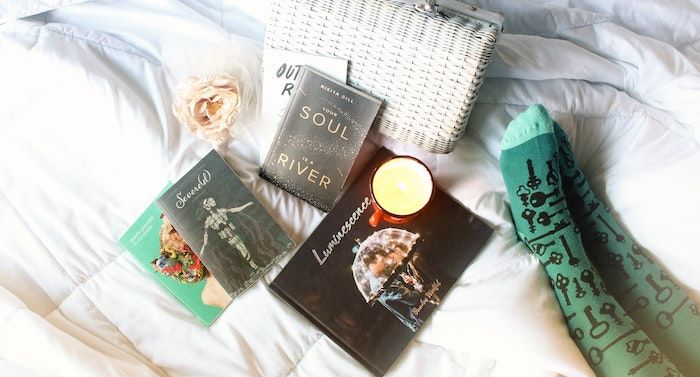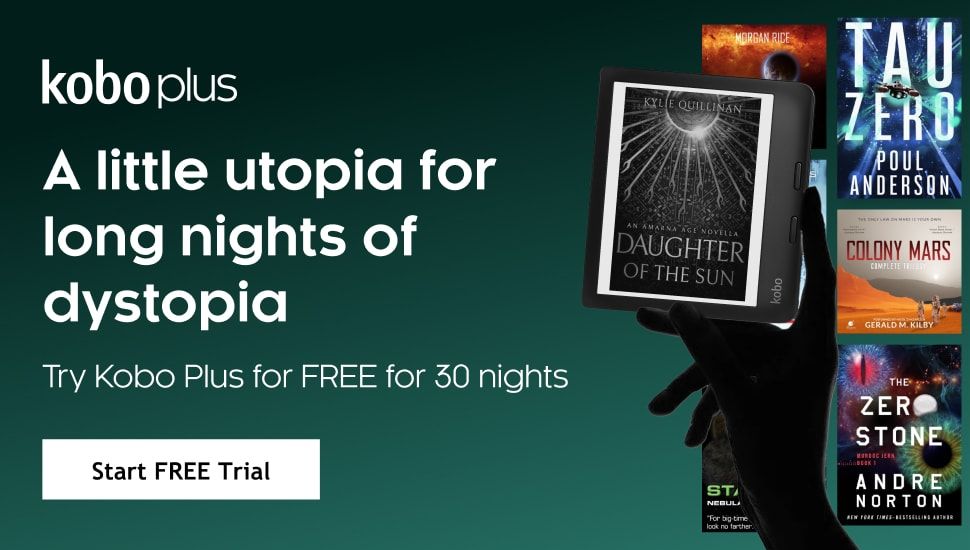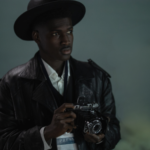
What Makes Successful Poetry?
On January 20, 2021, National Youth Poet Laureate Amanda Gorman performed her poem The Hill We Climb at the United States presidential inauguration. Within 24 hours, her to-be-published books The Hill We Climb and Change Sings: A Children’s Anthem were bestsellers on Amazon, three months ahead of their release date. In April 2021, Penguin Random House announced that both books would get initial printings of one million copies each, then quickly increased both to 1.5 million. In context, as of this writing, The Hill We Climb sits at #1147 on Amazon’s overall bestseller list, #11 in Poetry, and #2 in Black and African American Poetry.
It is easy to see why Ms. Gorman’s work rocketed to the top of all the best seller lists. Her delivery and message were pitch-perfect, plus she is a poised and beautiful Black woman. In a moment when many Americans were hoping for a fundamental shift in tone from the previous Commander in Chief, her work represented a visible and welcome change. The piece was deeply moving and her iconic yellow jacket promised brighter days.
But what is it that creates a poetry bestseller, if one is not the Poet Laureate?
Let us begin at the beginning, as the King of Hearts once suggested. Poetry is surprisingly difficult to define. A Google search for “what is poetry” returns 1.1 billion results. The Oxford English Dictionary defines poetry as “literary work in which special intensity is given to the expression of feelings and ideas by the use of distinctive style and rhythm; poems collectively or as a genre of literature.” While that is helpful, it doesn’t manage to capture the point, somehow.
Poetry does not stick to one theme or meter, nor does it have a set length or structure. It is not tethered to story arcs, although many poetry books have them. Volumes of poetry can range from a few pages — The Hill We Climb is only 32 pages and 723 words long — to novel-length, as in the case of Elizabeth Barrett-Browning’s Aurora Leigh. My copy of the collected works of E.E. Cummings is almost 1,300 pages long. To some degree, one can only define poetry by what it is not: prose.
So in order to have a best-selling book of poetry, we need two things: first and foremost, a book of poetry — not as obvious as it may seem, given the scope of the genre. And secondly, we need something to compare it to. Unfortunately, when it comes to determining best-selling books, poetry is lumped in with prose. Pause for a moment and think about how often someone you know has dismissed poetry as a genre, and you’ll get an inkling of how difficult it can be for a collection of poems to out-sell prose, which comes in many forms, almost all of which either teach us something or have some kind of easily definable story arc. It is far easier and more digestible, generally, to pick up the latest novel than a collection of poetry.
A quick comparison of Google search results helps to illustrate this difficulty:
“best selling poetry last 10 years” generates 113 million results.
“best selling books last 10 years” generates 1.3 billion results.
Further, the top selling book of the last decade (E L James’s Fifty Shades of Grey in 2011) sold 15.2 million copies. In contrast, in April 2016, Publisher’s Weekly posted an article titled “How To Sell Nearly a Half-Million Copies of a Poetry Book,” calling Rupi Kaur’s milk and honey a “poetry blockbuster.” To date it has sold 2.5 million copies, which is an incredible feat, and still only 37% of the 10th best selling book of the decade, Veronica Roth’s Divergent at 6.6 million copies sold.
While researching this topic, I came across two interesting trends. First is that no two lists of best selling books of poetry can agree on what should actually be on the list. BookAuthority.com has How the Grinch Stole Christmas! at the top of the list, while Amazon cites Rumi: A New Translation of Selected Poems, and Barnes & Noble says it’s Egghead: Or, You Can’t Survive on Ideas Alone. A Google search returns shopping options of what you’d expect: Homer, Shakespeare, Maya Angelou, Mary Oliver, and — naturally — Rupi Kaur and Amanda Gorman.
The second interesting trend is that people who consider themselves authorities on the matter continually reiterate the important note that “best” does not mean “best-selling,” to which I reply, “but are you sure, though?” Because while there are absolutely the same classism, racism, and misogyny issues in poetry publishing as there are in prose publishing, some of the best-selling poets right now are women of color. There’s this issue with critics where they feel the needs to announce that what is popular is not good; that’s a false equivalence, because popularity is measured in sales data while goodness is a matter of opinion, and also elder generations have bemoaned the inability of the youths to get off their lawns since at least the time of Aristotle, and I’d wager far longer. Plus I like Rupi Kaur and amanda lovelace.
So we return to the main question: what makes a book of poetry a bestseller?
As far as I can tell, it boils down to two things: readability and connection with readers. Because publishers know that poetry is an overall tough sell — one might even call it a niche — poets wanting to break into that elusive best seller list need to be able to prove that their work will make back its advance. To do that, it helps to have a lot of followers on social media. Having an aesthetically pleasing arrangement of words in poetry has nearly always been as important as the words themselves, and social media — particularly Instagram — lends itself to that. I am as drawn to a well-curated feed as I am to a well-turned phrase.
In order to write a best selling poetry book, one needs to have a perfect concoction of the right amount of buzz, the right look, the right background, and the right publisher/editor combination to pull the work out of the slush pile. Much like getting a script produced, it’s a combination of hard work and luck.
And at the same time, there is a deeper reason that women poets have been doing especially well: these poets speak to our need for connection as humans living in a kyriarchy. Much like the cultural phenomenon that was Betty Friedan’s The Feminine Mystique, women are constantly realizing that we are not, in fact, going through all of this ::waves vaguely:: alone. To have someone writing lyrical or haunting words that echo my own experiences makes me feel less isolated. Modern poetry especially is about moments of connecting on an emotional level. Watching someone go through an all-too-human experience that leaves most of us sobbing on the floor with a pint of ice cream and a bottle of wine, but instead (or perhaps in addition) takes it and makes something beautiful and relatable? It gives us hope that we, too, will walk out the other side of this breakup, this family, this pandemic with more than just scars to show for it.













